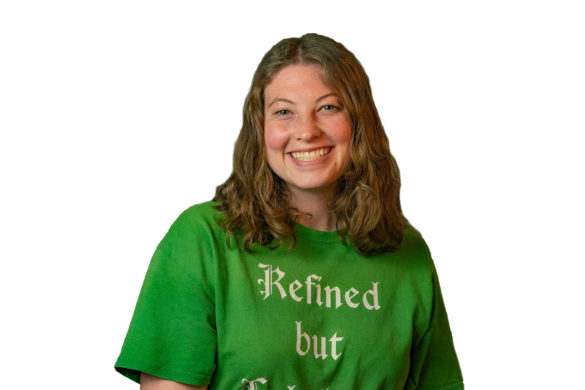Necessity is the mother of invention, Plato said. In other words, you aren’t going to know what you’re truly capable of until it’s crunch time when you have no other choice and failure is imminent.
A lot of creativity and innovation is about being willing to take risks.
The whole concept of risk-taking is usually framed with negative connotations. Risk-taking isn’t synonymous with recklessness and carelessness. Instead, it’s a carefully thought-out and brave jump into the unknown. We so often know exactly what we want or where we want to be, but we are too afraid and risk-averse to wholeheartedly go for it.
Margie Warrell, author of several books about the links between business and psychology, detailed the ways we convince ourselves to stick to the status quo in an article published by Forbes in 2013. They included: overestimating the probability of something going wrong, exaggerating the consequences of what might happen if it does go wrong, underestimating our ability to handle consequences and denying the cost of inaction.
In terms of neuroscience, it is less taxing for the brain to follow pathways it is familiar with in order to maximize efficiency. This quick shortcut is great for making some decisions, but it can get in the way of creativity, which is all about making your brain think in ways it hasn’t before.
However, if the brain encounters unfamiliar stimuli in dangerous or high-pressure situations, it is forced to produce new information and search for previously-unseen patterns in memories and stored information. Thus, new ideas and new ways to connect information are accessed.
Of course, sometimes the ideas you produce will be bonkers. Don’t worry. In this case, quantity of ideas is king. Accepting risk-taking and adopting a work style dedicated to creativity often means sacrificing your time and money for an idea that may not offer return on investment. Some ideas simply won’t work, but every idea you produce and implement, whether it fails or flies, is teaching you more and more about what you’re capable of and which ideas are worth pursuing.
Another Forbes article, published in 2012, said that time after time, study after study, “the most brilliantly creative people are also the ones with the most output.”
It’s not that highly creative people just have better ideas than everyone else. They simply churn out the most ideas and are more willing to take risks and bet on the fact that out of all the crazy ideas they produce, one or two of them will be something great.
So what does that mean for you? First of all, it means making a conscious decision that, no matter what, you’ll try. Whether it’s an idea for a creative project or an application for a dream job, I think we could all use a little more confidence in ourselves and our abilities. We’ve grown into adults during some of the worst economic times this country has seen, and we’re more risk-averse because of it. But we’re still young and excited about the world and all there is to do. We still have ideas and dreams and the time to pursue them. Now’s the time to make a change and start failing, succeeding and wholeheartedly chasing what we want.


